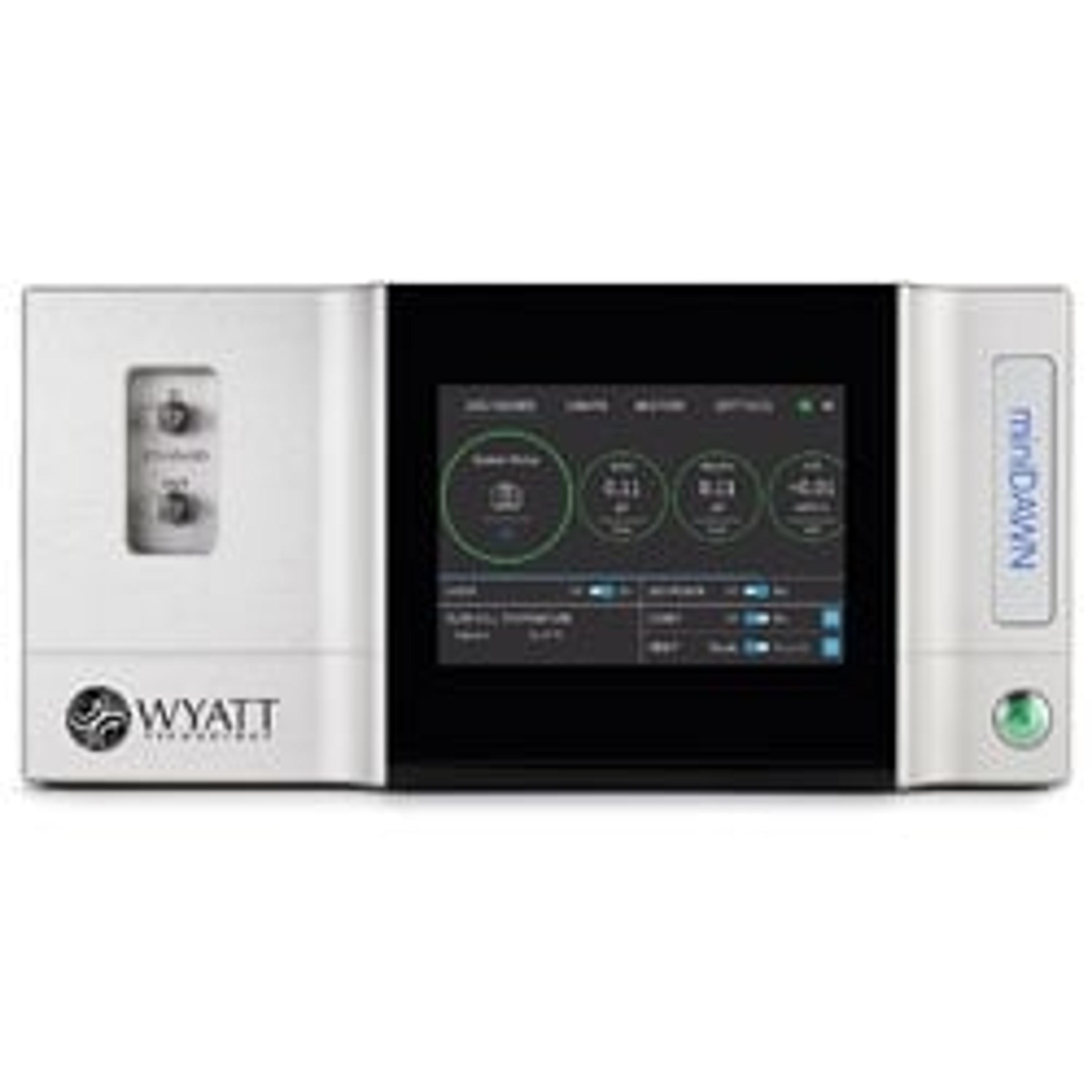Light Scattering Technology Drives Biologics Development at AbbVie
Discover the innovative SEC-MALS technology being utilized by AbbVie’s pharmaceutical researchers
14 Feb 2018

AbbVie, Worcester, MA, USA, is a pharmaceutical company that discovers and develops biopharmaceuticals and small molecule drugs. Scientists at AbbVie are using innovative light scattering technology in their product development. SelectScience® speaks to Dana I. Filoti, Senior Scientist II in the Biologics Preformulation Drug Product Development group at AbbVie, to learn more.
Please describe your work in drug development, and the need for your current project or application
DF: My work focuses on the increasingly complex characterization of biotherapeutic proteins in early and late stage product development. I focus primarily on preformulation screening and product developability assessment, but I also cover some aspects of protein analytics development. I support product development for many flavors of products, such as: biologicals (including single-chain variable-fragments, diabodies, proteins, fusion proteins, monoclonal antibodies, antibody-drug conjugates and multi-specific antibodies), nanoparticles and novel drug delivery systems.
I use light scattering as a main biophysical characterization technique for assessing biological macromolecule stability in solution. On a daily basis I also enjoy answering questions related to protein structure, stability, protein degradation pathways, protein-protein interaction, protein-excipient interaction and self-association.
Which Wyatt MALS technologies do you use, and why?
DF: In my lab we have several Wyatt products that we use extensively:
- The miniDAWN TREOS for size exclusion chromatography with multi-angle light scattering (SEC-MALS), to determine the molecular weights in solution, of proteins in their native state, non-native high-molecular weight aggregates, protein-protein complexes and other macromolecular constructs.

- Möbiuζ® for determining the charge of proteins via electrophoretic mobility, additional to measuring the hydrodynamic radius. This measurement is key for understanding the colloidal stability of biomolecules via molecular charge in the solvent or formulation buffer of interest1.
- DynaPro® Plate Reader II dynamic light scattering detector for high-throughput screening of protein candidates and biotherapeutic complexes, based on criteria that include hydrodynamic size and the thermally induced onset temperature of aggregation2.

How does this technology help you to achieve your research objectives?
DF: My research objectives are to make a remarkable impact on people’s lives via use of emerging technologies to drive effective research-driven developability screening of biologicals. This is why we use all the tools listed above to meet our patient needs and drive patient-centric innovations.
It was early in my career, during my postdoctoral years with Professor Thomas Laue at the University of New Hampshire, when I was introduced to the Wyatt world and started using instrumentation from Wyatt Technology for the first time. At that time, I worked extensively with various ELS-based biophysical instruments for protein charge characterization.
I chose Wyatt simply because they are the best scientists and external colleagues you could ask for. Their help goes beyond making sure that the instrument works well in your shop, they are reliable high-quality scientists that add value to our research.
Visit the SelectScience product directory to learn more about the Wyatt portfolio
References:
Filoti, D. I., Shire, S. J., Yadav, S. and Laue, T. M. (2015), “Comparative Study of Analytical Techniques for Determining Protein Charge.” J. Pharm. Sci., 104: 2123–2131.
"Colloidal and Conformational Stability Characterization of a Temperature Responsive Anti-TNF Polymer", presented at the NE Regional Wyatt Users Meeting in April 2016.


